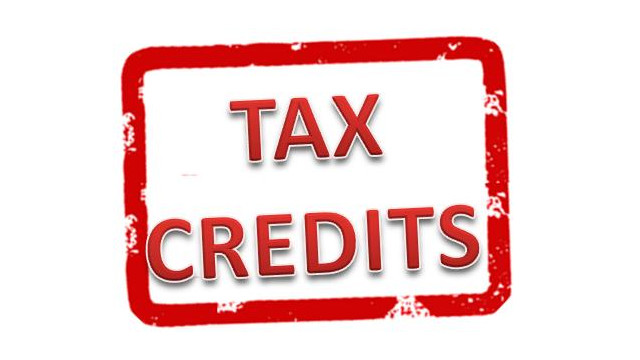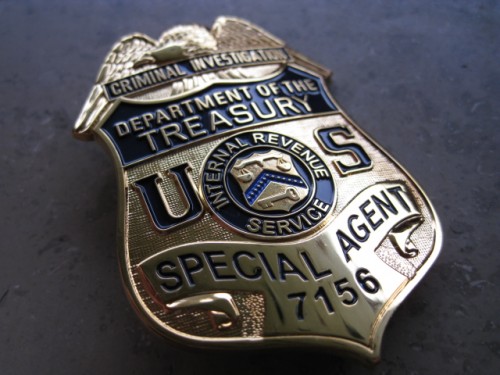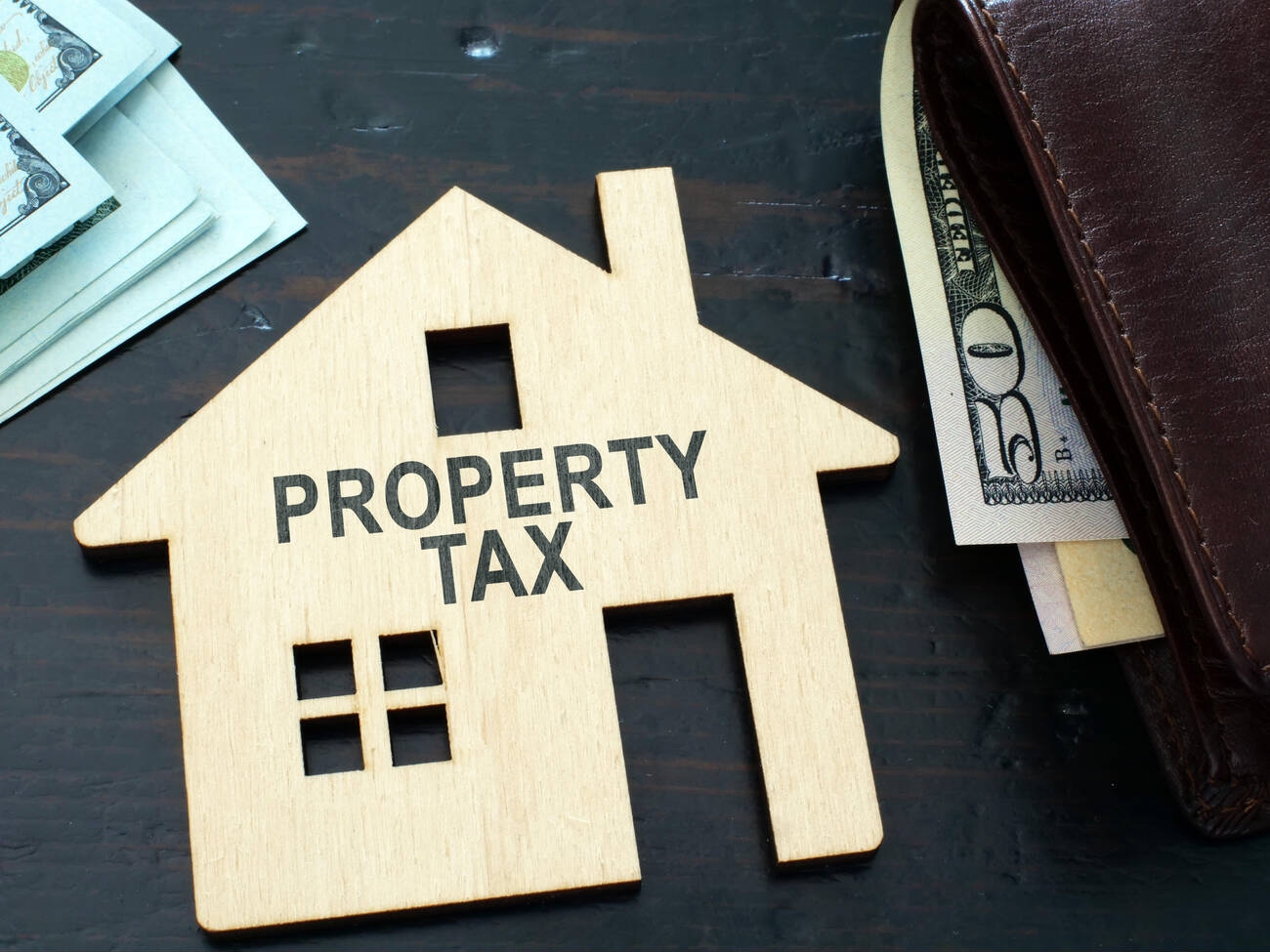By Vanessa Kruze.
Congress passed the Inflation Reduction Act of 2022, which includes a provision to increase the R&D Tax Credit from a maximum of $250,000 to $500,000. CPAs who service startups that conduct research should make sure that they are prepared to discuss this tax credit with their clients, as the legislation may double the maximum amount of credit available. However, it is unlikely to actually double the credit that the average company will receive.
My firm analyzed over 625 startup tax returns, and found that only about 2.5% of early-stage, VC-backed startups will qualify for the additional tax credit. Most startups just don’t have enough R&D to get more than a quarter of a million in payroll tax credits! So, while this legislation does incentivize research, on the margins it’s not a game-changer for most VC-backed startups.
The R&D Tax Credit – Quick Reminder
The R&D Tax Credit provides a payroll tax credit to companies that conduct “qualifying” research and development in the United States. This credit offsets payroll taxes, so even unprofitable startups can reduce their tax burden and improve their cash flow. It is currently the most important tax credit for startups in the US, and CPAs who serve VC-backed startups should be ready to discuss it with their clients.
The credit is roughly 10% of qualifying R&D, and was capped at $250,000. The Inflation Reduction Act of 2022 increases this cap to $500,000, meaning that startups that meet the maximum will be able to reduce their payroll taxes by half a million dollars – a substantial amount!
The IRS defines “qualifying” R&D as research and development that passes a four part-test. Roughly, this four part test is comprised of:
- Qualified purpose: Tinkering is not allowed – the project must be specific and defined.
- Elimination of uncertainty: The project must be legitimately advancing the “science” of the company’s business or products.
- Experimental: The company must document that it is using either a scientific method or trial and error process.
- Technical: the project has to be in the hard sciences like biology or engineering (note that computer science/software engineering can count under the right circumstances).
Many activities conducted by the development teams at startups do NOT count under the IRS’ definitions, such as research after commercial production, studies and surveys, reverse engineering, and more.
The specific expenses that qualify are US wages, US-based contractors, supplies and computer leases. Non-US expenses do not count. Kruze has a full playlist on Youtube that goes into details of the R&D tax credit.
To get the credit, a Form 6765 must be completed with the federal tax return. Make sure your clients don’t file their return before including the Form 6765, as they can not amend the return and take advantage of the payroll tax credit!
The Inflation Reduction Act of 2022 and R&D Tax Credits for Startups
The Inflation Reduction Act of 2022 will double the maximum R&D tax credit that a startup can take to reduce their payroll taxes from $250,000 to $500,000. Since the tax credit is taken against payroll taxes, even unprofitable startups can take advantage of this incentive and reduce their burn rate.
However, my firm’s analysis suggests that the vast majority of early stage companies will not see any increase in their credit amount. This is because the tax credit is calculated based on the amount of R&D spend the company has, and most early-stage startups do not spend enough to even capture $250,000 worth of a credit, let alone a half a million dollar one.
As I already mentioned, my firm analyzed over 625 startup tax returns and found that less than 2.5% of them would be able to capture more than a $250,000 credit. When we broke down the amount of credit the startups could get by funding stage, we found that the percent of startups that could get over $250,000 in R&D credits increased as expected. We found that only 1% of seed stage startups would be eligible for more than the $250,000 in R&D credit, which was also the case for 9% of Series A and 14% of Series B startups. And the average amount extra that these startups would get was about $80,000. So the Act doesn’t really double the R&D tax credit for most startups, while it is a welcome increase for a few. My accounting firm built a free R&D Tax Credit Calculator, which we will update for the increased amount; startups can use this to estimate how much of a credit they may be eligible for.
Of course, the Act also takes on some other important topics, not the least of which is increased funding for the IRS – something I’ve written about before.
=====
By Vanessa Kruze, Founder & CEO at Kruze Consulting, providing startup CFO consulting, including accounting, tax and HR services, to startups in San Francisco, Los Angeles, and New York City. Prior to establishing her firm in 2012, Vanessa began her career with Deloitte Tax and is a University of San Francisco alum.
Thanks for reading CPA Practice Advisor!
Subscribe Already registered? Log In
Need more information? Read the FAQs
Tags: Income Taxes, IRS, Taxes




